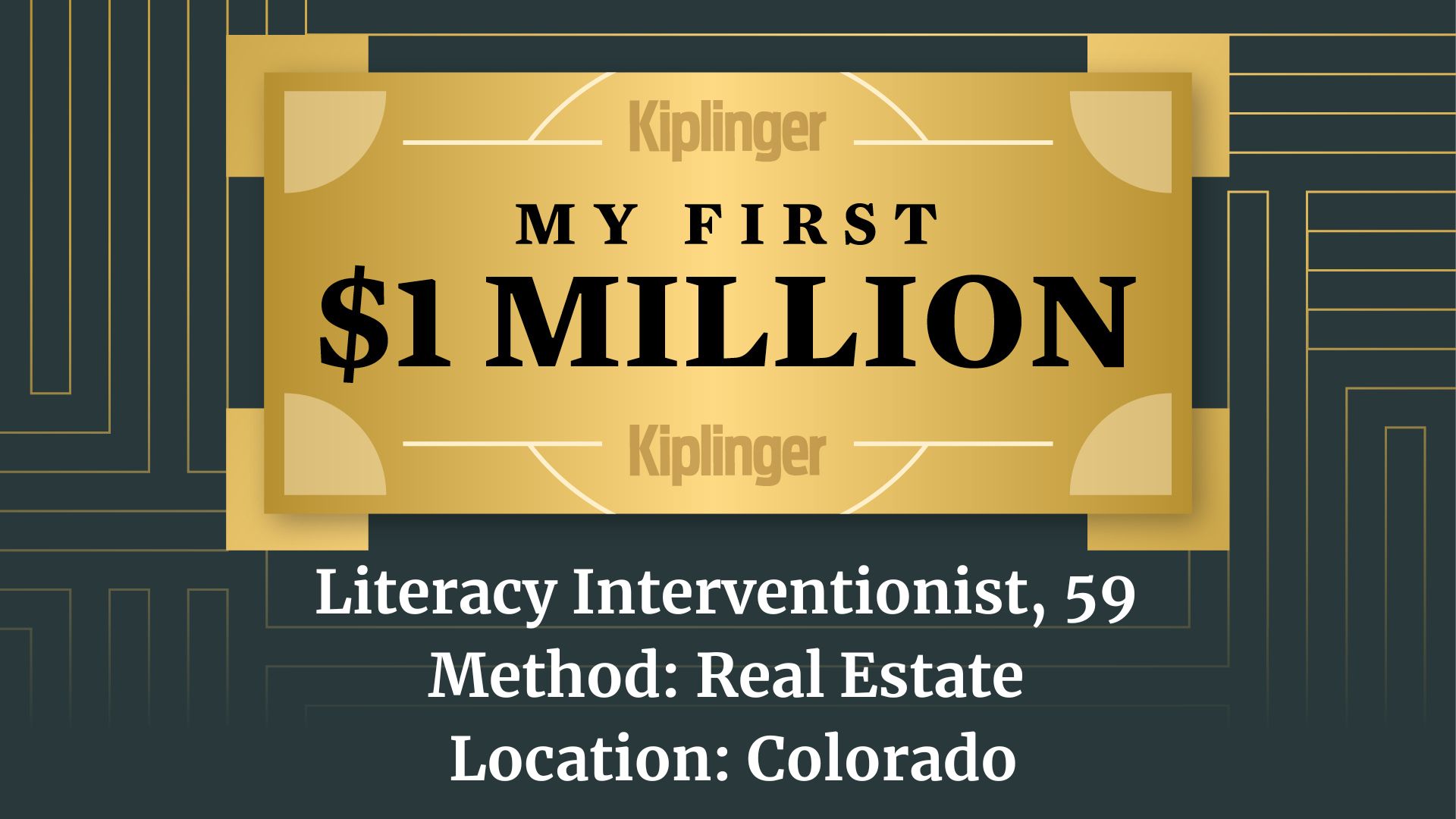Biden-Harris: Price Cuts on 10 Drugs to Save Medicare Beneficiaries $1.5 Billion
Historic Medicare drug price negotiations to lower costs on 10 best-selling drugs, saving beneficiaries $1.5 billion in out-of-pocket costs in the program's first year.


The Biden-Harris administration announced Thursday that for the first time in history, Medicare can now negotiate drug prices, thanks to the Inflation Reduction Act, which was signed into law in 2022 by President Biden with Vice President Harris casting the tie-breaking vote.
The negotiation program could lead to an estimated $6 billion in savings on prescription drug costs for American taxpayers. People enrolled in Medicare with Medicare Part D prescription drug coverage are expected to save $1.5 billion in out-of-pocket costs beginning in 2026. The Congressional Budget Office estimated that the program will save Medicare $100 billion over the next ten years.
“It’s a relief for the millions of seniors that take these drugs to treat everything from heart failure, blood clots, diabetes, arthritis, Crohn’s disease, and more – and it’s a relief for American taxpayers,” Biden said at Biden’s and Harris’ first joint appearance since Biden announced he would not run for reelection.

Sign up for Kiplinger’s Free E-Newsletters
Profit and prosper with the best of expert advice on investing, taxes, retirement, personal finance and more - straight to your e-mail.
Profit and prosper with the best of expert advice - straight to your e-mail.
10 drugs to see price cuts of up to 79% off the 2023 list price
Since being first introduced to the market, manufacturers have steadily increased the list prices on the first 10 drugs selected for the Medicare drug price negotiation program. These drugs are among the highest total spending in Medicare Part D.
The new Medicare negotiated drug prices will cut the list prices on these drugs by between 38% and 79%, according to the Department of Health and Human Services (HHS). However, these figures don’t consider or account for the rebates and discounts that drugmakers already provide to Part D plans, information that has not been released publicly.
“I’ve been waiting for this moment for a long long time,” President Joe Biden said Thursday, during his first policy-oriented appearance with Vice President Kamala Harris since leaving the presidential race. “We pay more for prescription drugs, it’s not hyperbole, than any advanced nation in the world.”
Despite pharmaceutical companies' attempts to quash the program in federal court, the price cuts have been approved.
The 10 medications and the discounts off the 2023 list prices are as follows:
- Imbruvica: 38%
- Entresto: 53%
- Eliquis: 56%
- Xarelto: 62%
- Stelara: 66%
- Jardiance: 66%
- Enbrel: 67%
- Farxiga: 68%
- Fiasp/NovoLog: 76%
- Januvia: 79%
Seniors and people with disabilities who are on Medicare and take these drugs will also benefit from the Inflation Reduction Act’s $2,000 cap on out-of-pocket spending, which goes into effect in 2025. The cap will save 19 million beneficiaries an average of $400 per year. That's in addition to the savings from the new negotiated drug prices.
“Two years ago, as vice president, I was proud to cast the tie-breaking vote that gave Medicare the power to negotiate,” Vice President Harris said to cheering crowds. “In the two years since, we’ve been using this new power to lower the price of life-saving medication.” To illustrate, if a Medicare enrollee takes Stelara for arthritis and pays $3,459 for a 30-day supply today, they would pay only $1,174 in 2026.
And this is just the beginning. As part of Medicare’s drug price negotiation program, more drugs will be selected each year. Up to 15 additional prescription medications covered under Part D will be selected for negotiation in 2025, up to an additional 15 Part B and D drugs in 2026, and up to 20 drugs every year after that.
Among the fanfare, Steve Ubl, the president of the lobbying group Pharmaceutical Research and Manufacturers of America (PhRMA) noted, “The administration is using the IRA’s price-setting scheme to drive political headlines, but patients will be disappointed when they find out what it means for them.”
Related Content
Get Kiplinger Today newsletter — free
Profit and prosper with the best of Kiplinger's advice on investing, taxes, retirement, personal finance and much more. Delivered daily. Enter your email in the box and click Sign Me Up.

For the past 18+ years, Kathryn has highlighted the humanity in personal finance by shaping stories that identify the opportunities and obstacles in managing a person's finances. All the same, she’ll jump on other equally important topics if needed. Kathryn graduated with a degree in Journalism and lives in Duluth, Minnesota. She joined Kiplinger in 2023 as a contributor.
-
 Should You Do A Roth IRA Conversion? Nine Things to Consider
Should You Do A Roth IRA Conversion? Nine Things to ConsiderThe Tax Letter Thinking of converting a traditional IRA to a Roth IRA? The Kiplinger Tax Letter Editor highlights nine factors you should consider before making a move.
By Joy Taylor
-
 33 Stocks That Could Rally 50% or More This Year
33 Stocks That Could Rally 50% or More This YearAnalysts say these S&P 500 stocks have at least 50% price upside over the next year or so.
By Dan Burrows
-
 When Should You Hand Over the Keys — to Your Investments?
When Should You Hand Over the Keys — to Your Investments?The secret to retirement planning? "The best time to hand over the keys is before you’ve realized you need to hand over the keys."
By Maurie Backman
-
 Financial Steps After a Loved One's Alzheimer's Diagnosis
Financial Steps After a Loved One's Alzheimer's DiagnosisIt's important to move fast on legal safeguards, estate planning and more while your loved one still has the capacity to make decisions.
By Thomas C. West, CLU®, ChFC®, AIF®
-
 Two Don'ts and Four Dos During Trump's Trade War
Two Don'ts and Four Dos During Trump's Trade WarThe financial rules have changed now that tariffs have disrupted the markets and created economic uncertainty. What can you do? (And what shouldn't you do?)
By Maggie Kulyk, CRPC®, CSRIC™
-
 I'm Single, With No Kids: Why Do I Need an Estate Plan?
I'm Single, With No Kids: Why Do I Need an Estate Plan?Unless you have a plan in place, guess who might be making all the decisions about your prized possessions, or even your health care: a court.
By Cynthia Pruemm, Investment Adviser Representative
-
 Most Investors Aren't as Diversified as They Think: Are You?
Most Investors Aren't as Diversified as They Think: Are You?You could be facing a surprisingly dangerous amount of concentration risk without realizing it. Fixing that problem starts with knowing exactly what you own.
By Scott Noble, CPA/PFS
-
 Retire in Malta for Quiet Coastal Perfection
Retire in Malta for Quiet Coastal PerfectionSeemingly remote yet easily accessible to other points in Europe, sunny Malta offers paths to citizenship and residency for families and retirees.
By Drew Limsky
-
 My First $1 Million: Literacy Interventionist, 59, Colorado
My First $1 Million: Literacy Interventionist, 59, ColoradoEver wonder how someone who's made a million dollars or more did it? Kiplinger's new My First $1 Million series uncovers the answers.
By Joyce Lamb
-
 Will My Children Inherit Too Much?
Will My Children Inherit Too Much?If you worry about how your children will handle an inheritance, you're not alone. Luckily, you have options — from lifetime gifting to trusts — that can help.
By Mallon FitzPatrick, CFP®, AEP®, CLU®